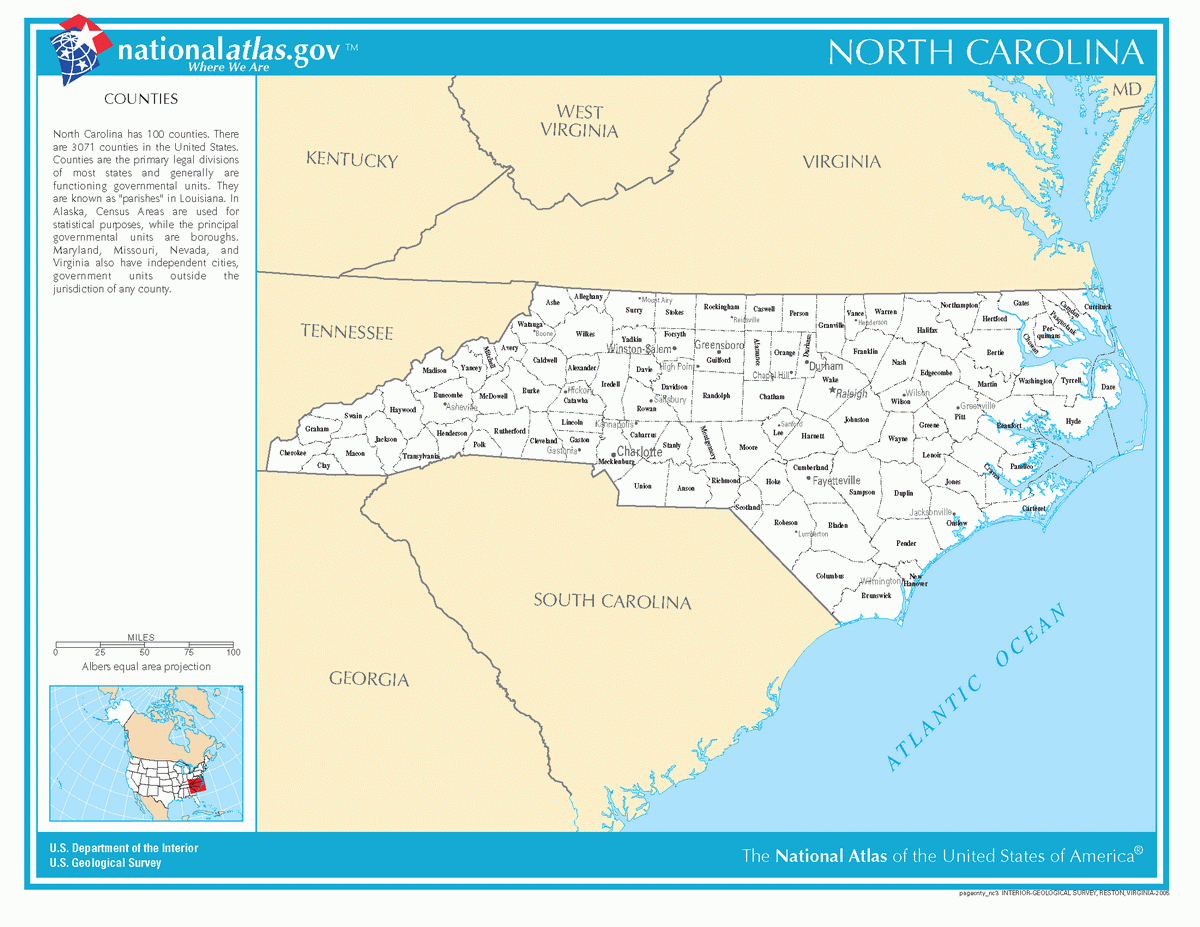En 1523, Lucas Vázquez de Ayllón, y con autorización del emperador Carlos I de España, organizó una expedición para buscar el pasaje norte a las Islas de las Especias, explorando la costa este del actual Estados Unidos (estados de Virginia y Carolina del Norte); En 1526, Vázquez de Ayllón fue el primer europeo en explorar y trazar un mapa de la bahía de Chesapeake. Estableció un breve poblado al que llamó «San Miguel de Guadalupe». La localización de ese poblado es discutida, y algunos autores la sitúan en lo que posteriormente fue la ciudad de Jamestown (Virginia), y otros en la desembocadura del río Pedee. En 1567 el capitán Juan Pardo dirigió una expedición hacia el interior para reclamar el área para la colonia española de la Florida, así como crear otra ruta para proteger las minas de plata en México. Pardo hizo una base de invierno en Joara, que rebautizó como Cuenca. La expedición construyó el Fuerte de San Juan y dejó a 30 hombres en él, mientras que Pardo viajó más lejos y construyó y dejó personal en otros cinco fuertes. Volvió por una ruta diferente a Santa Elena en Parris Island, Carolina del Sur, a continuación, al centro de la Florida española. En la primavera de 1568, los indígenas mataron a todos los soldados y quemaron los seis fuertes construidos en el interior, incluido el Fuerte de San Juan. Aunque los españoles nunca regresaron al interior, este fue el primer intento europeo de colonización del interior de lo que se convirtió posteriormente en los Estados Unidos. Un diario del siglo XVI de Pardo escrito por su ayudante Bandera y otros hallazgos arqueológicos encontrados desde 1986 en Joara lo han confirmado.
Just two years later, in 1526, a group of Spanish colonists from Hispaniola led by Lucas Vázquez de Ayllón landed at the mouth of a river they called the "Rio Jordan", which may have been the Cape Fear River. The party consisted of 500 men and women, their slaves, and horses. One of their ships wrecked off the shore, and valuable supplies were lost; this coupled with illness and rebellion doomed the colony. Ayllon died in October, 1526 and the 150 or so survivors of that first year abandoned the colony and attempted to return to Hispaniola. Later explorers reported finding their remains along the coast; as the dead were cast off during the return trip. Hernando de Soto first explored west-central North Carolina during his 1539-1540 expedition. His first encounter with a native settlement in North Carolina may have been at Guaquilli near modern Hickory. In 1567 Captain Juan Pardo led an expedition from Santa Elena at Parris Island, South Carolina, then the capital of the Spanish colony in the Southeast, into the interior of North Carolina, largely following De Soto's earlier route. His journey was ordered to claim the area as a Spanish colony, pacify and convert the natives, as well as establish another route to protect silver mines in Mexico (the Spanish did not realize the distances involved). Pardo went toward the northwest to be able to get food supplies from natives. Pardo and his team made a winter base at Joara (near Morganton, in Burke County), which he renamed Cuenca. They built Fort San Juan and left 30 men, while Pardo traveled further, establishing five other forts. In 1567, Pardo's expedition established a mission called Salamanca in what is now Rowan County. Pardo returned by a different route to Santa Elena. After 18 months, in the spring of 1568, natives killed all the soldiers and burned the six forts, including the one at Fort San Juan. The Spanish never returned to the interior to press their colonial claim, but this marked the first European attempt at colonization of the interior. Translation in the 1980s of a journal by Pardo's scribe Bandera have confirmed the expedition and settlement. Archaeological finds at Joara indicate that it was a Mississippian culture settlement and also indicate Spanish settlement at Fort San Juan in 1567-1568. Joara was the largest mound builder settlement in the region. Records of Hernando de Soto's expedition attested to his meeting with them in 1540.
by PI
| Si quieres más/If you want to buy | |










No hay comentarios:
Publicar un comentario